Haptic Technology
What is haptics?
Haptics, the science of perception through touch, underpins the way we communicate and carry out our everyday actions. Drinking a glass of water, typing on a keyboard or even walking are all based on haptics, thanks to the force-feedback stimulation of mechanoreceptors. Thousands of these receptors in our skin convert mechanical information into electrical signals to the muscles that allow us to move our bodies as we wish. Haptic technology is based on this very natural human function. With 18,000 mechanoreceptors in a hand – representing 31% of the total number in our body – our fingertips provide powerful tools that engineers are now taking into account when designing electronic touch screens.

How does haptic technology work?
The touch screen sends the position of the finger to the control unit. A dedicated output signal is sent to piezoelectric actuators. The actuators modulate the friction under the fingertip in real time, providing local haptic feedback. Unlike the haptic feedback delivered by inertial solutions, which move the whole device, Vibra Nova offers a solution that concentrates energy at the top of the display surface – Surface Haptics Feedback. This solution is based on ultrasonic vibrations under the display surface. This high-amplitude ultrasonic lubrication creates more or less friction, offering precise sensations
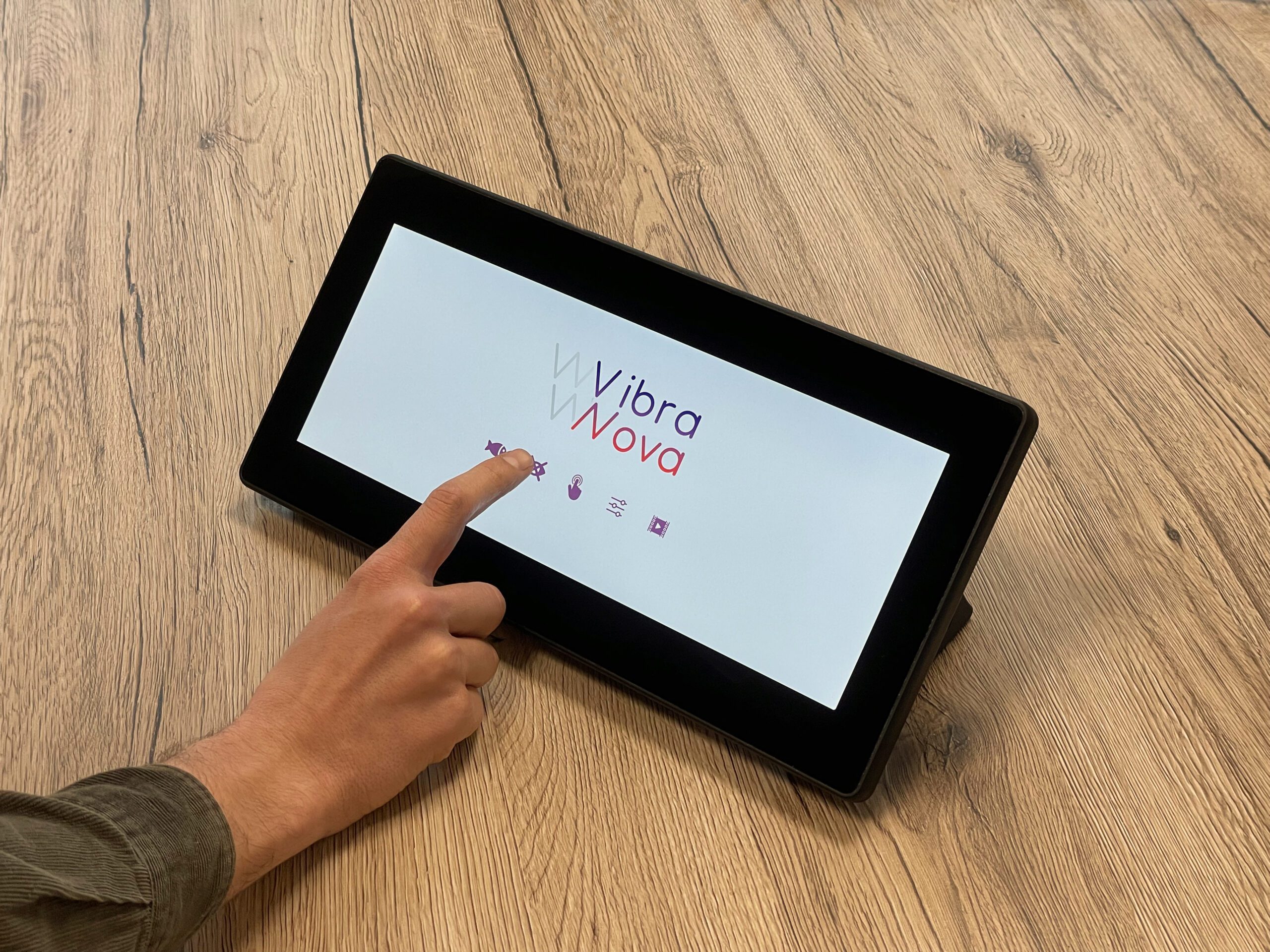
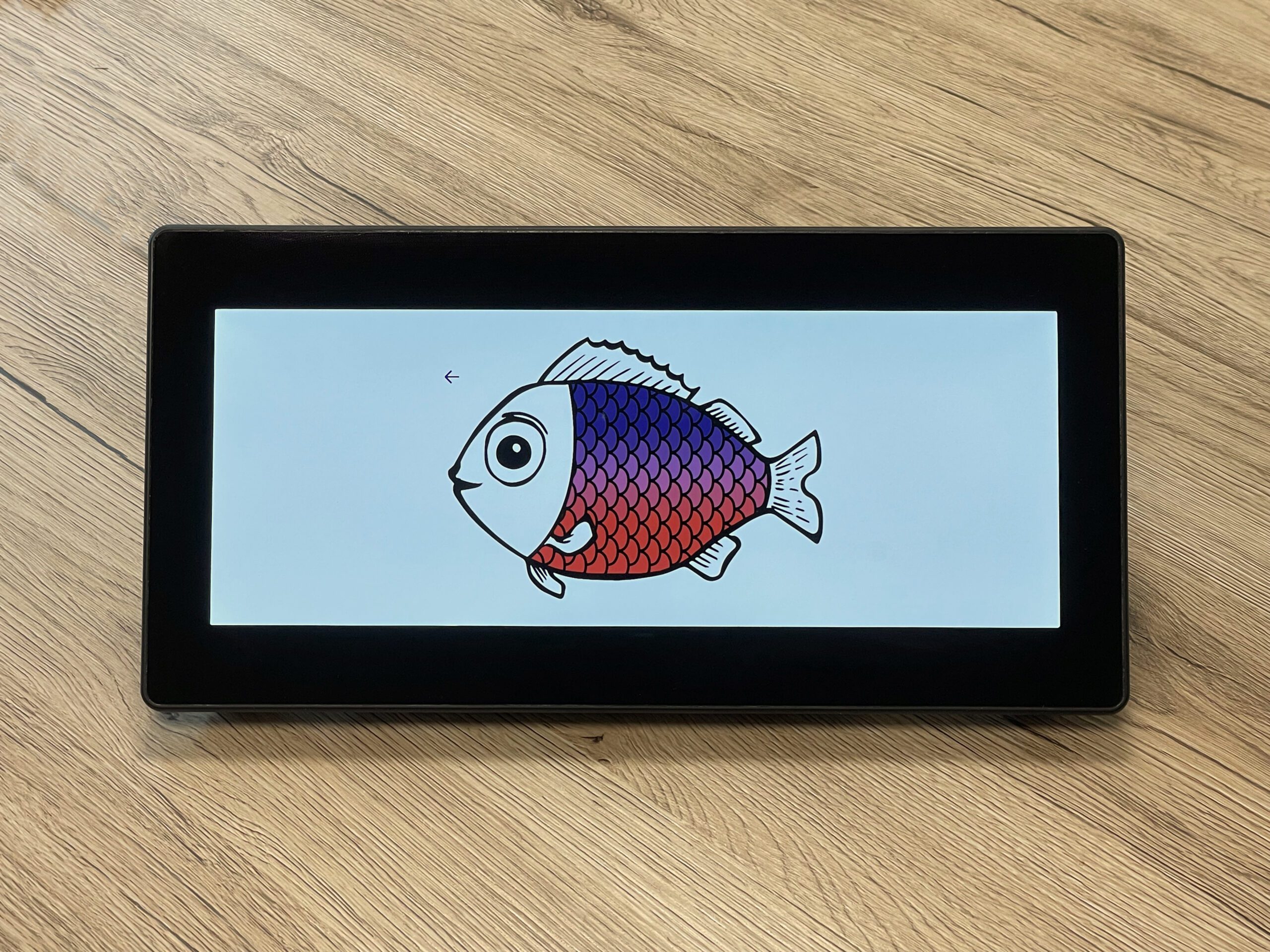
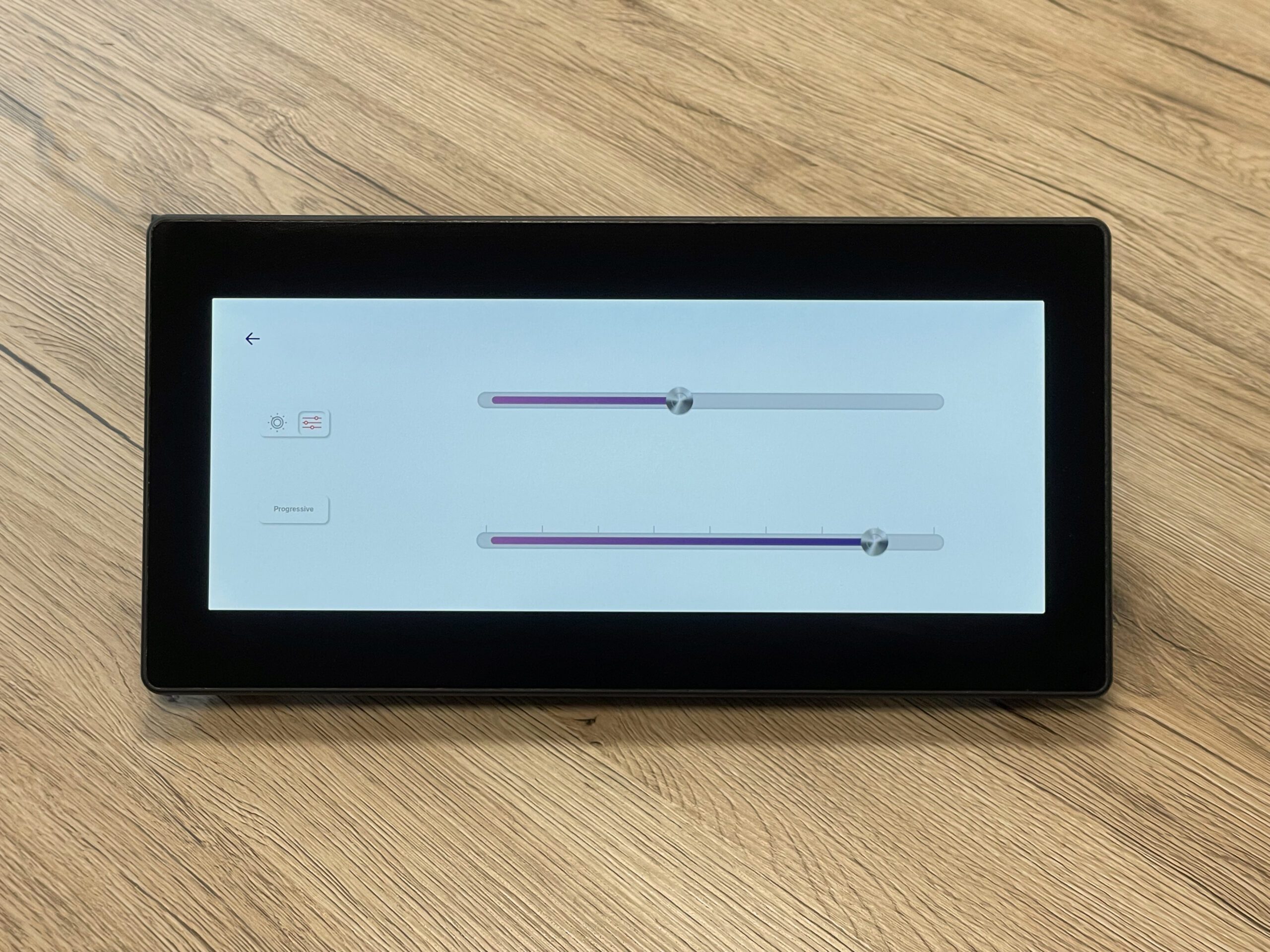
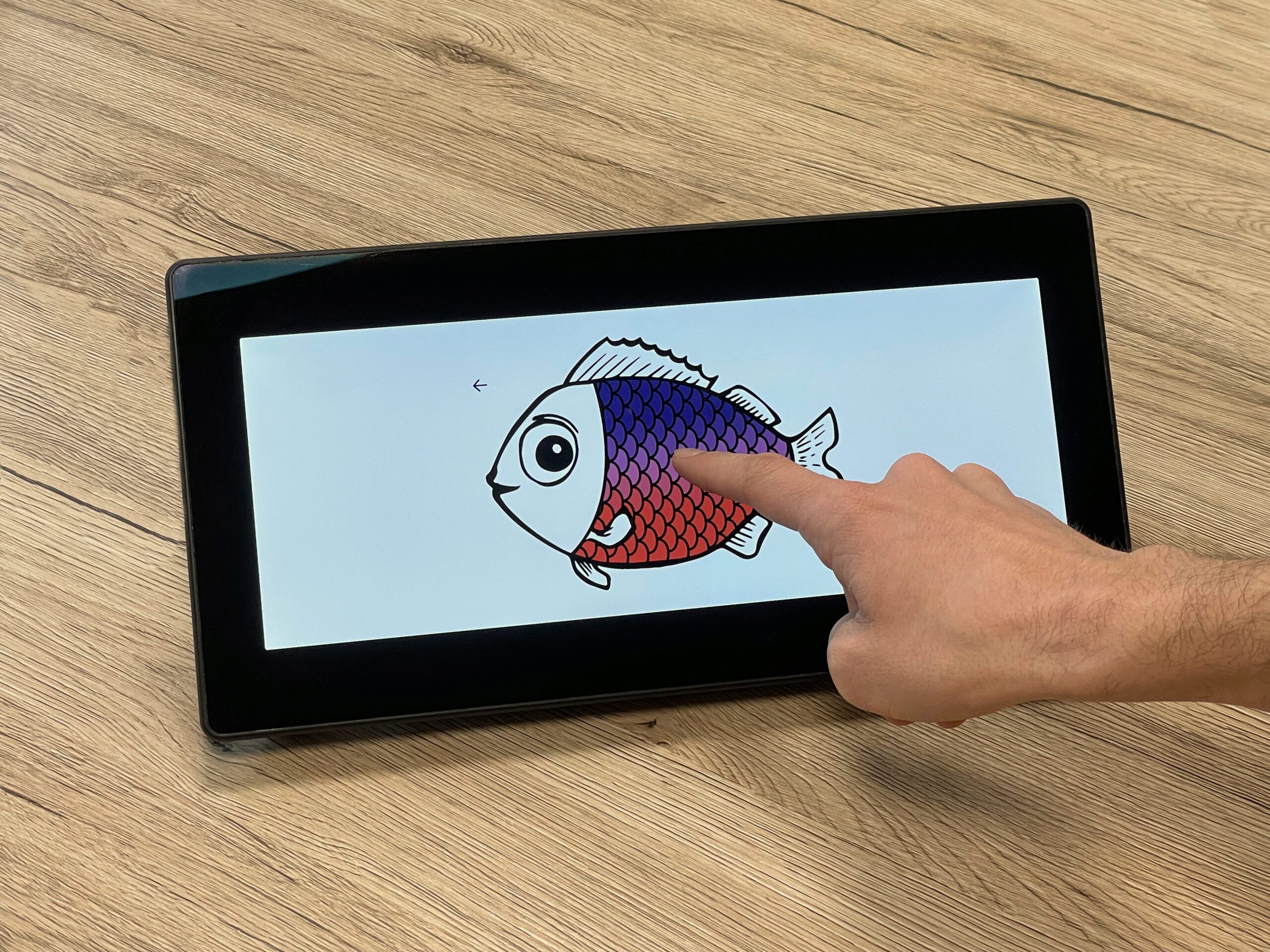
More information on
haptic technology
The benefits
VIBRA NOVA has developed a unique technology for integrating haptic functions into any material. Having mastered haptics on glass, the innovation now extends to wood, plastic and metal, opening the way to new applications.
In the future, this technology could be integrated into a variety of everyday objects, such as plastic car armrests, wooden lamp bases or accessible solutions for the visually impaired. The possibilities are endless.
Integration
VIBRA NOVA technology can be easily integrated into existing interfaces thanks to a number of advantages:
- Low power consumption: minimal energy impact on the display.
- Compatibility: Use of existing touch sensors for precise finger tracking and optimal haptic feedback.
- Precise control: actuators at the edge of the screen can be controlled in groups to activate several zones independently.
- Adaptability: Can be integrated on plastic, wood, metal and glass.
The advantages
Responsive
With no added latency, VIBRA NOVA technology offers real-time haptic response.
Robust
Even in demanding, wet or dirty environments, the haptic experience remains intact.
Versatile
Our technology can be integrated into all touch interfaces, from connected watches to responsive industrial displays.
TECHNICAL DESIGN
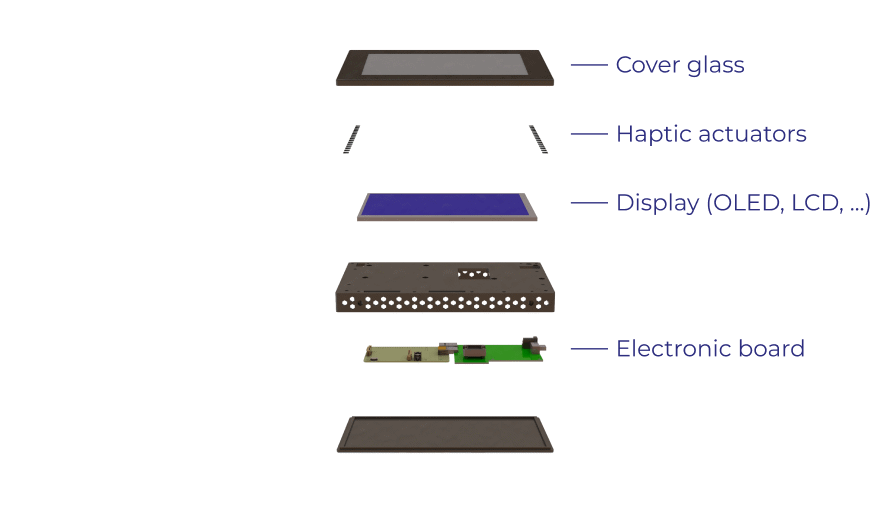
Schedule an appointment with us
Need to discuss your project or get some advice? Set an appointment with our team and find the right solution for your needs. Choose your time slot and let’s move forward together.